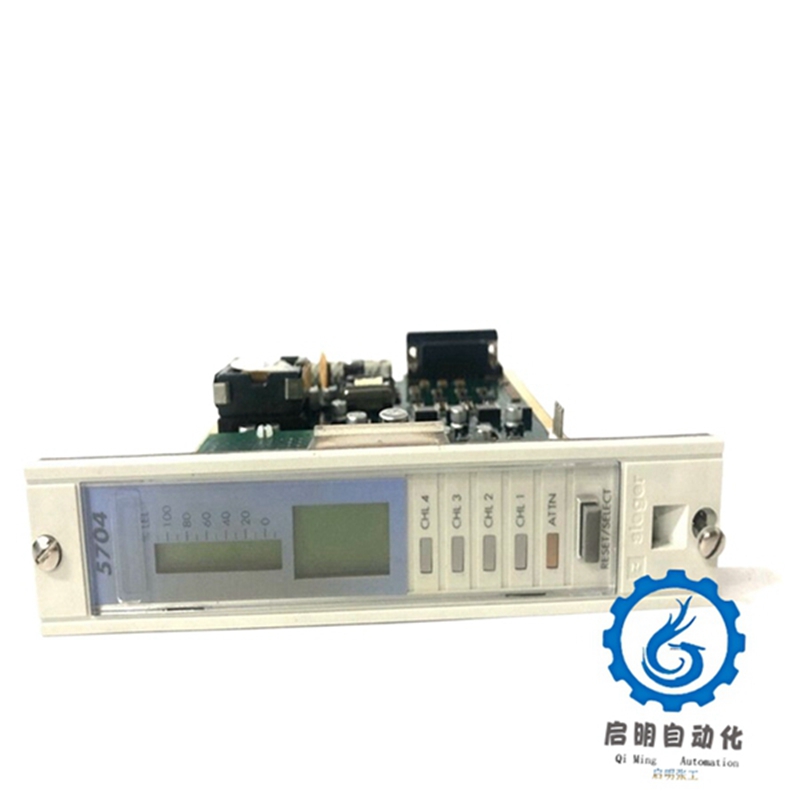
05704-A-0145 Gigabit Multimedia Serial Link (GMSL) cameras as an alternative to GigE Vision cameras

background knowledge
GigE Vision is a network camera interface standard based on Ethernet infrastructure and protocols. It is widely used in the industrial field. ADI’s GMSL is a peer-to-peer serial link technology specifically designed for video data transmission, originally designed for automotive cameras and display applications.
Both of these technologies aim to extend the transmission distance of image sensor video data, but each solution has its own characteristics. Over the years, we have seen an increasing number of GMSL cameras being adopted outside of the automotive industry, often as an alternative to GigE Vision cameras.
Typical System Architecture
Image sensor connection
The signal chain of GigE Vision cameras (as shown in Figure 1) typically consists of three main components: image sensors, processors, and Ethernet PHY. The processor converts the raw image data from the image sensor into Ethernet frames, which typically involves image processing and compression or frame buffering to make the data rate suitable for the bandwidth supported by Ethernet.
Host processor connection
GigE Vision cameras are widely recognized in the industry for their compatibility with numerous host devices. Gigabit Ethernet ports are almost a standard configuration for personal computers (PCs) or embedded platforms. Some GigE Vision cameras can use universal drivers to provide a true plug and play experience.
GMSL cameras require a deserializer on the host side. In most use cases, the host device is a custom embedded platform with one or more deserializers. The deserializer transmits image data in the original format output by the image sensor MIPI through its MIPI transmitter. For this type of camera, each custom camera design requires a matching driver, just like any other MIPI camera. However, if the driver for the image sensor already exists, a pair of SerDes only need a few preset registers or perform a few register write operations to transfer the video stream from the camera to the SoC.
